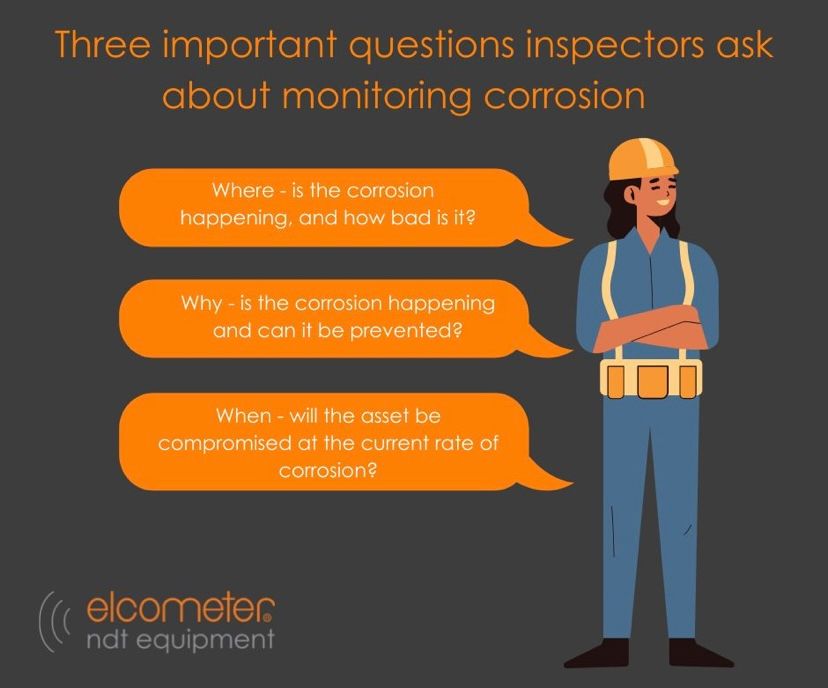As you’d expect for a universal problem that presents anywhere metals are used, there are a multitude of different methods used to assess the extent of corrosion in assets. Regardless of the method used, an inspector will be looking to answer three important questions:
❓ Where – is the corrosion happening, and how bad is it?
🗣️ A very common type of corrosion inspection is a grid map. In a grid map, the area to be tested is divided into a regular grid and tested one section at a time. The CG100ABDL+ has in-built data logging functionality that can be configured into a grid shape to make recording these types of inspections much easier.
❓ Why – is the corrosion happening and can it be prevented?
🗣️ Once the corroding areas have been detected and mapped, a standard process is typically to deploy a more complex unit capable of evaluating the nature and severity of the damage. Historically, the most commonly used method of ultrasonically determining the nature of non-uniform defects and corrosion within materials is by use of an A-Scan device.
❓ When – will the asset be compromised at the current rate of corrosion?
🗣️ Once the extent of the corrosion has been mapped, and the thicknesses of the remaining pipe sections has been ascertained, it’s necessary to calculate the corrosion rate of the asset and subsequently the remaining life of the asset before it must be replaced.
To find out more please contact us at [email protected]


